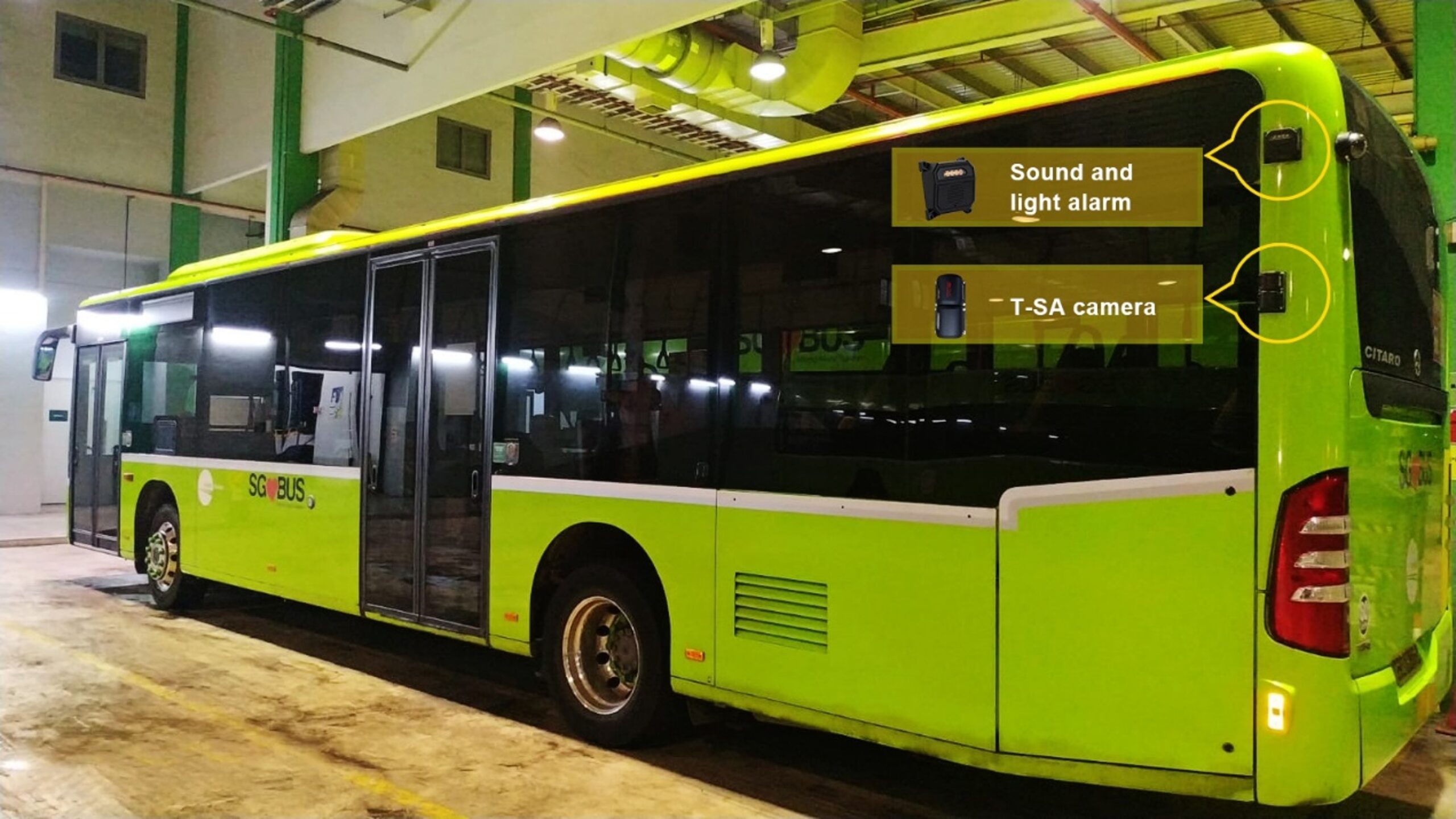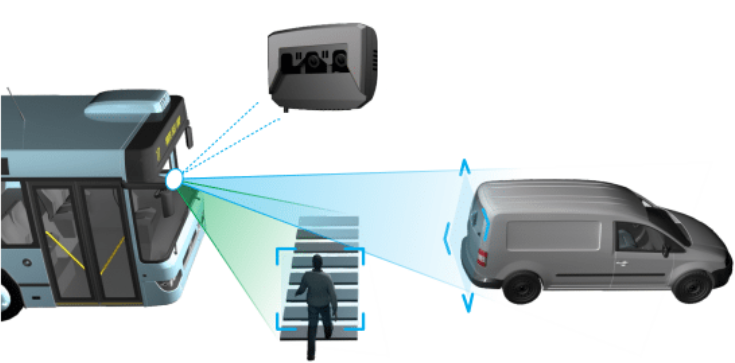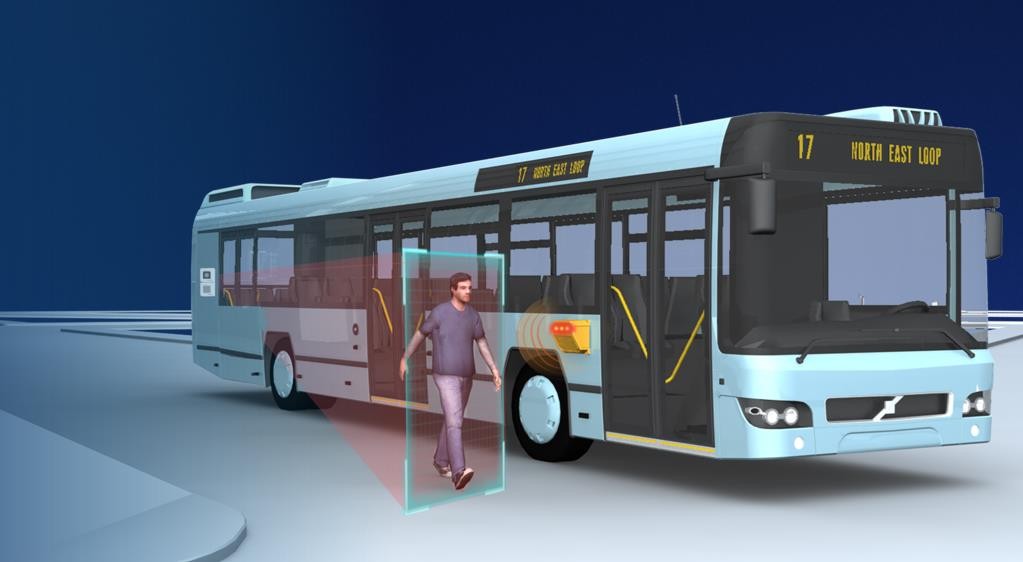
LTA Singapore installed AI-powered Transit Bus Surveillance Solution
With the rapid development of AI technology and its various application scenarios, many governments are accelerating the process of adopting the latest technological innovations in public transport to improve operational efficiency and reduce safety risks. Traffic accidents caused by the blind spot areas on both sides of the vehicles remained a huge safety hazard for pedestrians, new innovative technologies had to be introduced to tackle the issue.
The Government of Singapore initiated the pilot to install smart camera sensors which can analyze and detect objects at the front and sides of buses in 2018. LTA Singapore made the strategic decision to upgrade the existing onboard surveillance systems of all their transit buses with AI-powered features. Further, The authority has also deployed driver surveillance systems on about 10,000 buses operated by SBS Transit, SMRT, Tower Transit, and Go-Ahead Singapore.
The authority awarded the first contract in June 2020 to TNT Surveillance Pte. Ltd. The project included 885 sets of AI-powered transit bus surveillance solutions, powered by Streamax Technology.

The project featured some of the latest products and AI-powered technologies, such as the T168 V3 MDVR and the Blind Spot Detection System (T-SA). The T168 V3 MDVR is a piece of function-rich equipment specially designed for mobile surveillance and intelligent scheduling. Some of the key features are as follows:
- Integrated AI features that support AI algorithms in multiple streams;
- 4G, 5G (Optional), WIFI, and GPS supported;
- Large storage capacity (10TB+ supported);
- 265/H.264 video compression & decompression format supported.
- Automatically recognize the turning of the vehicle and dynamically adjust the blind spot detection range
As an essential part of the transit bus solution, the T168 V3 MDVR focuses on tackling various safety hazards and reducing traffic risks on the road. It provides full support for the Advanced Driver Assistance System (T-FA) covering blind spots in front of the vehicle, focusing on various scenarios in the driving process in real-time, enabling the driver to predict risks in advance and take appropriate braking and steering maneuvers in time, to avoid potential road risks.

BSD (Blind Spot Detection System) is normally installed on both sides of the vehicle as it is a two-way alarm system to alert both the pedestrians and the driver by making sure that the pedestrians are aware of the vehicle approaching, and alerting the driver to take action whenever it is necessary.
Another example of AI technology being adopted is the Blind Spot Detection System (T-SA) monitoring and detects pedestrians and other road users inside or approaching the blind spots on both sides using AI algorithms. The system is one of the most effective approaches to reducing blind spot-related traffic accidents as:
- AI and machine learning features improve the accuracy of identifying pedestrians, green zones, and fences correctly to minimize the number of false alarms.
- Two-way alarm system to alert both the pedestrians and the driver to maintain a safe distance from the vehicle, making sure that the pedestrians are aware of the vehicle approaching, and the driver can swiftly take safety precautions whenever it is necessary.
- Cameras capture all alarms and incidents to maintain retrievable evidence. Fleet operators can identify the driving patterns of individual drivers and promote safe driving habits.


